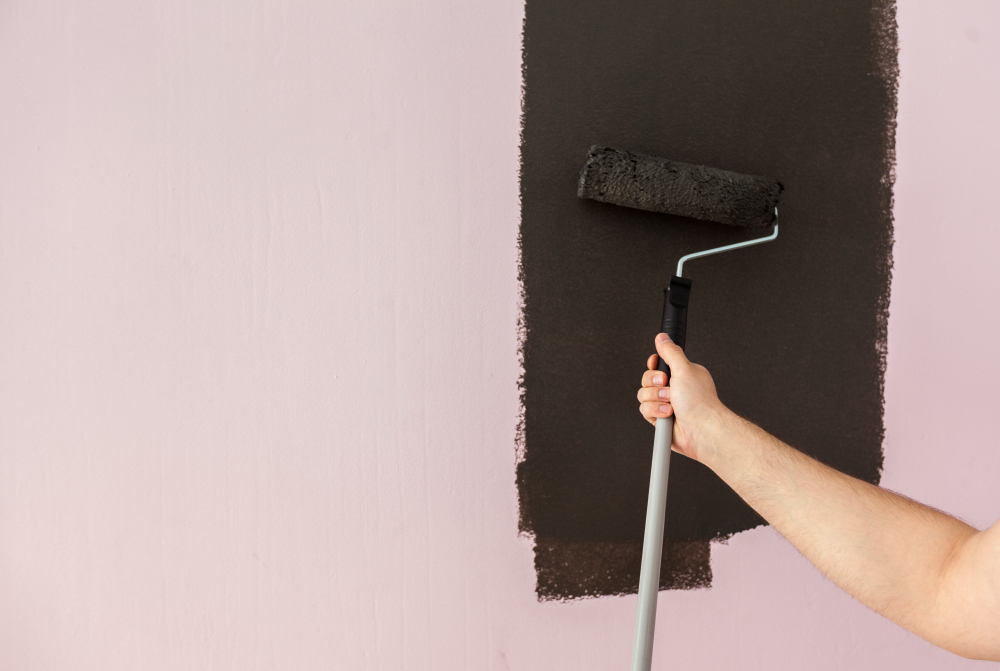Interior Painting Tips for a Perfect Finish

Are you looking to give your home a fresh new look? Interior painting is one of the best ways to transform your living space. However, achieving a flawless finish requires more than just a brush and a bucket of paint. Whether you're a DIY enthusiast or planning to hire professional painters in Ormond Beach, FL, this guide will walk you through essential tips and tricks for a perfect paint job.
Why Choose Professional Painters in Ormond Beach, FL
Before we get into the nitty-gritty of painting, let's talk about why you might want to consider hiring professional painters in Ormond Beach, FL. While DIY painting can be satisfying, it also comes with its own set of challenges. Professional painters bring expertise, experience, and specialized tools to ensure a high-quality finish.
Benefits of Hiring Professionals
- Quality Workmanship: Professional painters have the skills to deliver a smooth, even finish.
- Time-Saving: Save your weekends for relaxation while experts handle the job.
- Cost-Effective: Avoid costly mistakes and the need for touch-ups.
If you're interested in a hassle-free painting experience, contact Color Masters Painting in Ormond Beach, FL for free estimates.
Essential Interior Painting Tips
1. Choose the Right Paint
Selecting the right type of paint is crucial for a perfect finish. There are various types of paint, including:
- Latex Paint: Easy to clean and dries quickly.
- Oil-Based Paint: Durable and smooth but takes longer to dry.
- Matte Finish: Ideal for low-traffic areas; hides imperfections well.
- Semi-Gloss and Gloss Finish: Perfect for high-traffic areas; easy to clean.
2. Prep the Room
Preparation is key to achieving a flawless finish. Follow these steps to prep your room effectively:
- Clear the Space: Remove furniture or cover it with drop cloths.
- Clean the Walls: Dust and dirt can affect paint adhesion.
- Patch Holes and Cracks: Use spackle to fill in imperfections.
- Tape Off Edges: Use painter's tape to protect trim and edges.
3. Use Quality Tools
Investing in high-quality painting tools can make a significant difference in the outcome. Here are some tools you'll need:
- Brushes: Use angled brushes for corners and trim.
- Rollers: Choose rollers with the appropriate nap for your surface.
- Paint Trays: Keep your paint organized and accessible.
- Extension Poles: Reach high areas without a ladder.
4. Prime the Walls
Priming is essential for a smooth, even finish. Primer helps the paint adhere better and can cover stains and dark colors. Choose a primer that's compatible with your paint type.
5. Apply the Paint
Now comes the fun part—painting! Follow these tips for the best results:
- Cut In First: Use a brush to paint corners and edges before using a roller.
- Use the W Technique: Roll the paint in a "W" shape to distribute it evenly.
- Multiple Coats: Apply multiple thin coats rather than one thick coat for a smooth finish.
- Drying Time: Allow each coat to dry thoroughly before applying the next.
6. Finishing Touches
Once the paint is dry, it's time to add the finishing touches:
- Remove Tape Carefully: Pull painter's tape off at a 45-degree angle to avoid pulling off paint.
- Touch Up: Use a small brush to fix any imperfections.
- Clean Up: Clean your brushes and rollers for future use.
Common Painting Mistakes to Avoid
Even with the best intentions, mistakes can happen. Here are some common painting pitfalls and how to avoid them:
Skipping the Primer
Skipping the primer can result in uneven color and poor adhesion. Always use a primer for the best results.
Overloading the Brush or Roller
Loading your brush or roller with too much paint can lead to drips and an uneven finish. Use moderate amounts of paint and apply multiple coats.
Painting in Humidity
High humidity can affect drying time and paint application. Try to paint on days with low humidity for the best results.
Ignoring Drying Times
Rushing the drying process can ruin your hard work. Be patient and allow each coat to dry completely before applying the next.
The Importance of Color Selection
Choosing the right color can make or break your interior painting project. Consider the following factors when selecting your paint color:
Room Size and Lighting
Light colors can make a small room feel larger, while dark colors can create a cozy atmosphere. Consider the natural light in the room and how the color will appear throughout the day.
Color Psychology
Colors can influence mood and behavior. For example, blue can create a calming effect, while red can add energy and excitement. Think about the purpose of the room and choose a color that aligns with that purpose.
Test Samples
Before committing to a color, test samples on your walls. Observe how the color looks in different lighting conditions and with your existing décor.
Eco-Friendly Painting Solutions
If you're environmentally conscious, consider using eco-friendly paints. These paints have low VOC (volatile organic compounds) levels, making them safer for your health and the environment. Look for brands that offer eco-friendly options and certifications.
Conclusion
Achieving a perfect finish with interior painting requires careful planning, quality tools, and attention to detail. Whether you decide to tackle the project yourself or hire professional painters in Ormond Beach, FL, these tips will help you achieve a flawless result.
Remember, if you're looking for a hassle-free painting experience, consider contacting Color Masters Painting today for free estimates. Our team of experts is ready to transform your space with skill and precision.
By following these guidelines, you'll be well on your way to creating a beautifully painted interior that enhances your living space. Happy painting!